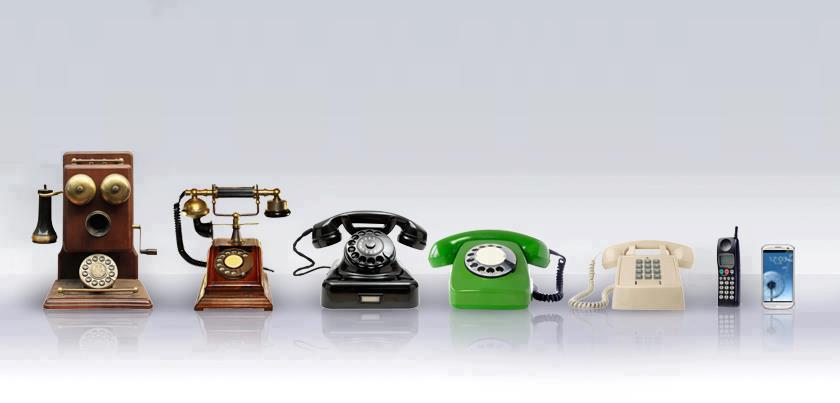The cell phone is one of the most popular consumer electronic devices of all times. With the evolution of the cellular network, phones have become more like computers in terms of functionality. The features and functions of today’s phone are very different from the models of just a few years ago. Smartphones with cameras, music players, and games can be used to communicate with others in real time, simply by transmitting the information by electromagnetic means. New cellular phones have internet capabilities that allow users to access the web and store files.
Cell phones have also evolved to become minicomputers in some cases. Especially with the most popular request in the smartphone market, various companies have already push the foldable touch screen cell phones into the public eye just to fulfil the need of combining huge screen with a pocket size.
The Flip Phone has many innovations over traditional cell phones, but it is not as radical as the Microsoft Mobile PC Flip, which is considered to be industry measuring stick for future cell phone technology. The Flip Phone can easily function as a computer because it has a full QWERTY keyboard, which is much better than the horrid layout of today’s cell phones. The keys are large and spaced out to provide a good amount of room for text to be entered. The keyboard is also on a touch-sensitive pad, so the user will never be stuck when typing text messages.
Old phones VS cellular network
On the off chance that you stumbled upon an old push-button phone in your basement, you can most likely still connect it to your landline and it’ll turn out great. That is because these telephones have used the dual-tone multi-frequency (DTMF) technology since 1963. That means the old phone from the ’60s will still function properly because it shares the same technology with a modern telephone landline.
Cell innovation is totally different. We’re not utilizing a standard that goes back many years any longer. All things considered, innovation organizations are consistently coming out with new principles: 5G was first utilized in 2018, 4G in 2009, 3G in 2001, 2G in 1991, and 1G in 1981. The “G” represents Generation—5G is the fifth-age cell standard.
While cell principles are evolving rapidly, that is not by and large the motivation behind why old telephones can’t associate with present day organizations. The exact explanation is that cell transporters drop support for old principles to let loose assets for new guidelines.
Another innovation is the addition of web-browsing capabilities to cell phones. The cell phones are getting smarter, just like their smaller counterparts. They are becoming more capable of surfing the internet, playing online games, listening to music and watching TV shows. These features are only the tip of the iceberg.
The mobile phone is becoming more like the computer because it is becoming a center of our society and in most homes a center of entertainment for the whole family. Cell phones have already transcend from simply making and receiving phone calls to indispensable part of our life.
